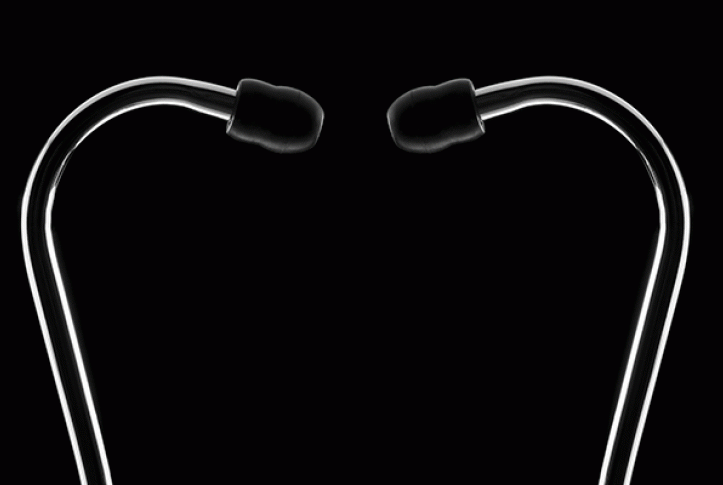Published June 30, in the Harvard Business Review. Reposted with permission.
Telehealth use has surged during the coronavirus pandemic, with the technology spreading far and fast. Doctors and patients alike must be wondering if this is the beginning of a whole new kind of doctor–patient relationship, one that might totally transform our health care system.
I’m not convinced, and Americans may not be either as the initial telehealth surge appears to be leveling off.
I am not skeptical because of the technology: I am a strong supporter of health information technology and believe new IT holds huge benefits for patients and their caregivers. Years ago, I helped lead the federal government’s effort to get hospitals and doctors to adopt electronic health records. Indeed, virtual care would be much less valuable if it weren’t for electronic records that enable doctors to access patients’ health histories remotely.
But I am also a primary care physician. I know that trusting relationships between patients and clinicians can be a boon to giving and receiving care. And that trust — the kind that lets anxious patients return to sleep at night, the kind that settles the stomach of a new mother with a sick baby — grows fastest and strongest through in-person relationships.
I also know that well-trained clinicians use all their senses — not just hearing and vision. They appraise the whole patient: Is there a new limp, a shift in posture, a new pallor? Often, it’s what patients don’t notice or complain about that is essential. And there is no diagnostic test more cost-effective than the laying on of hands. I have found treatable cancers multiple times in routine exams that would be impossible to replicate in the virtual world. Could a Zoom visit detect a lymph node too firm, a spleen or liver too large, or an unexpected prostate nodule (with a normal PSA)?
Trust and face-to-face encounters are even more important for patients with complex and intertwined problems. Five percent of the American population accounts for 50% of health care spending. These are sick, fragile individuals who often have multiple conditions — diabetes, heart disease, hypertension, arthritis, dementia, depression — that are tangled and difficult to manage under the best of circumstances, and even more so on a screen. The key to helping these patients can be keeping them away from hospitals when a symptom pops up. But for doctors and patients to have enough confidence to wait and watch depends on having a history together, one based on familiarity and trust.
There are times and places where virtual care makes perfect sense. During the pandemic, when in-person exposure has to be limited, it has been crucial for keeping doctors and patients connected. And in parts of America where no alternatives exist, telehealth has been a lifesaver — especially in enabling the delivery of scarce specialty services to support family physicians in remote areas.
There are also situations where virtual connections deliver excellent care with greater convenience and lower cost than in-person visits. Examples include routine and repetitive issues like monitoring blood pressure or mild respiratory symptoms (COVID-19 notwithstanding). There is growing evidence that virtual care for some mental health conditions works well, too. And virtual care likely works better for the young and healthy than the elderly and sick. Technologies for remote monitoring of certain key health parameters — heart rhythm, blood sugar, weight, respiratory rate — may help people control their chronic conditions better and assist clinicians with diagnosis and treatment. Combine this with artificial intelligence and a new world of possibilities opens up.
The past few months represent a crash course in telehealth for doctors and their patients, and this exposure will undoubtedly leave us better positioned to use the technology moving forward. But telecare will work best when it is adapted to humans and their needs rather than the reverse. It should be one more tool that builds upon, and promotes, the human relationships and caring clinical eyes, ears, and hands that have always sustained us when we are sick.




